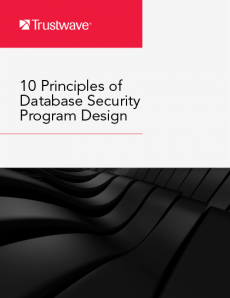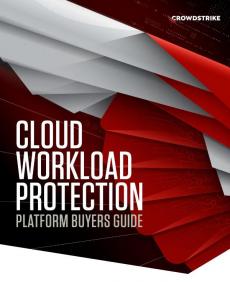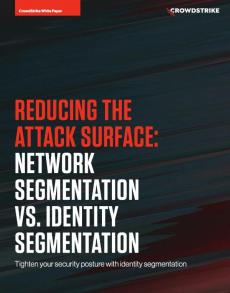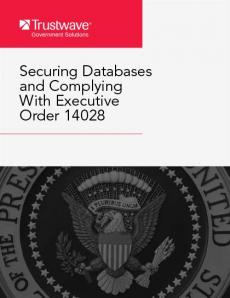10 Principles of Database Security Program Design
Relational databases and big data stores are a prime target for attackers due to the amount of sensitive information residing within, such as customer information, intellectual property and proprietary secrets. For more than 20 years, the database security experts at Trustwave have helped organizations design, implement and maintain database security programs to meet their specific business, security and compliance objectives.











